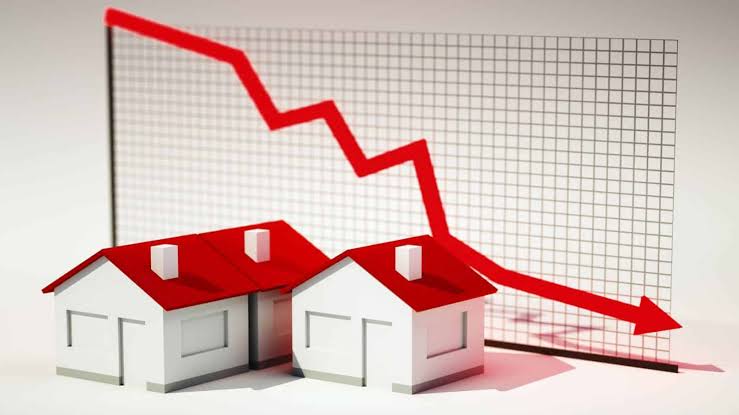Australian house prices could suffer a peak to trough decline of up to 20 per cent with falls in Sydney and Melbourne tipped to be larger and hit sooner, according to economists at investment bank Jarden.
The bank has downgraded its expectations for residential property and warned that the country is facing the largest house price correction in four decades.
It is blaming a cocktail of interest rate hikes, which will eat into borrowing capacity, and the more hawkish Reserve Bank cracking down on lending, with material falls expected in home loans, credit growth, and building approvals.
The bank’s chief economist Carlos Cacho warned the softer housing outlook would drag on economic activity through 2023 but is tipping that regulators could ease off from the middle of next year.
He said that higher energy prices and ongoing inflationary pressures could see peak inflation of 6.7 per cent year on year by this September. This could prompt a softening of consumption into next year, particularly for discretionary spending categories such as household goods.
Mr Cacho said this was likely to flow through to faster and larger house price falls than we earlier expected.
“We now forecast prices will fall ~5 per cent by end-2022 and a further 10-15 per cent over 2023 for a total 15-20 per cent peak-to-trough decline – falls in Sydney and Melbourne are likely to be larger and faster,” he said.
This would be the largest house price correction since at least 1980, in both real and nominal terms. “However, we expect regulatory easing to see a modest recovery in house prices from late-2023,” he said.
The economist is predicting that the RBA is now likely to hike to 2.5 per cent by the end of 2022, prompting the downgrade of housing forecasts, with prudential regulator APRA also likely to reduce the serviceability buffer from 3 per cent to 2.5 per cent (or even 2 per cent).
The implications for the housing market could be dire if it does not shift. “If it does not, we expect loan assessment rates to rise to 8 per cent-plus,” Mr Cacho said.
The bank slashed its expectations for both housing loans and prices.
“Rising interest rates will see a material reduction in borrowing capacity, which we now expect to see a peak to trough fall in home loans of 25 per cent,” Mr Cacho said.
A fall of this nature was last seen over the last housing cycle.
“While this is a record decline during a hiking cycle, it is similar to the decline seen during the 2017-19 housing downturn,” he said.
“However, we then expect easing from APRA and the RBA to see loan flows modestly recover in the second half of 2023.”
The tougher credit environment is already hitting home prices.
“Reduced borrowing capacity to drive a 15-20 per cent fall in house prices, with more in Sydney & Melbourne Our forecast rate hikes would see a 25 per cent fall in borrowing capacity by end-2022, with further downside risk as banks update their Household Expenditure Measures for higher essential inflation,” Mr Cacho said.
The mix of rising rates, falling house prices, surging construction costs and the prior construction boom are also likely to see a material fall in building approvals.

